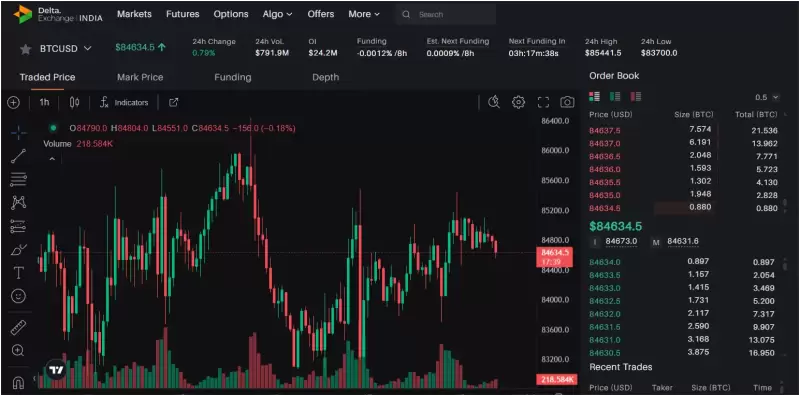 |
|
 |
|
 |
|
 |
|
 |
|
 |
|
 |
|
 |
|
 |
|
 |
|
 |
|
 |
|
 |
|
 |
|
 |
|
Cryptocurrency News Articles
Cardano (ADA) Q1 2024 Ecosystem Report: Alonzo Anniversary and Voltaire Preparations
Jun 13, 2024 at 09:15 pm
Cardano (ADA) is a Proof-of-Stake (PoS) Layer-1 smart contract network launched in 2017. Cardano aims to provide security, scalability, and sustainability to decentralized applications and systems building on top of the blockchain.

Cardano (ADA) had a mixed Q1. Some sectors of the ecosystem grew while others pulled back.
Cardano’s TVL (USD) set an all-time high of $506 million in Q1 2024, after setting a then-all-time-high of $449 million in Q4 2023. Cardano’s TVL ranking among all networks decreased from 11th to 20th during Q1, although it’s generally trending upwards from 34th at the beginning of 2023.
Relative to other networks, Cardano’s stablecoin market cap rank moved down from 32nd to 37th in Q1 2024, although still up from 54th in the start of 2023. Stable assets are ideal for pairing in liquidity pools, borrowing and lending, creating leverage, and providing quick escapes from volatility — all of which are quite common in the crypto market.
Early in 2023, Cardano’s TVL growth was catalyzed by the introduction of new stablecoins: iUSD and DJED. Similarly, Mehen’s USDM stablecoin may cause a similar effect, having recently launched in Q2 2024. Different users prefer different architectures, and USDM is the first of its kind on Cardano. Unlike iUSD and DJED, Mehen’s USDM is not algorithmic or synthetic; it’s 1:1 fully backed with U.S. dollars. Indigo’s iUSD has had an inconsistent peg, something that can’t happen with 1:1 backing and more accessible redemptions to create arbitrage opportunities.
Wanchain — an L1 PoS EVM blockchain and a decentralized blockchain interoperability solution — has made USDT and USDC available on Cardano through its various bridges. Wanchain’s bridges are secured by Wanchain validators, connecting Cardano to Wanchain, Bitcoin, Ethereum, TRON, and more.
Smart token standards such as CIP-68 or CPS-0003 could open the door for built-in compliance, allowing USDC to be natively available on Cardano as well.
Much of the TVL growth in the past year was driven by newer protocols. Synthetic asset-issuer Indigo is the oldest and largest of these new (launched in the past year or so) protocols. It managed to dethrone Minswap in Q4, ending Minswap’s multi-year reign as the TVL leader. In Q1, Indigo remained the TVL leader.
TVL and DeFi ecosystem growth has come with growing pains, specifically for DEXs. Cardano’s novel eUTXO mechanism brought new DeFi paradigms with it, such as batching and transaction chaining. Many DEXs are exploring new or improved solutions, such as MuesliSwap working on transaction chaining. Transaction chaining, already implemented on protocols such as Optim, should be an improvement over MuesliSwap’s contested batching process.
Those growing pains have also sparked innovation in the form of new platforms. Genius Yield and Axo are two new protocols that launched in Q1. Genius Yield is a multi-faceted DeFi platform focused on yield optimization. Axo is a noncustodial trading platform focused on customization for traders.
Disclaimer:info@kdj.com
The information provided is not trading advice. kdj.com does not assume any responsibility for any investments made based on the information provided in this article. Cryptocurrencies are highly volatile and it is highly recommended that you invest with caution after thorough research!
If you believe that the content used on this website infringes your copyright, please contact us immediately (info@kdj.com) and we will delete it promptly.





























































